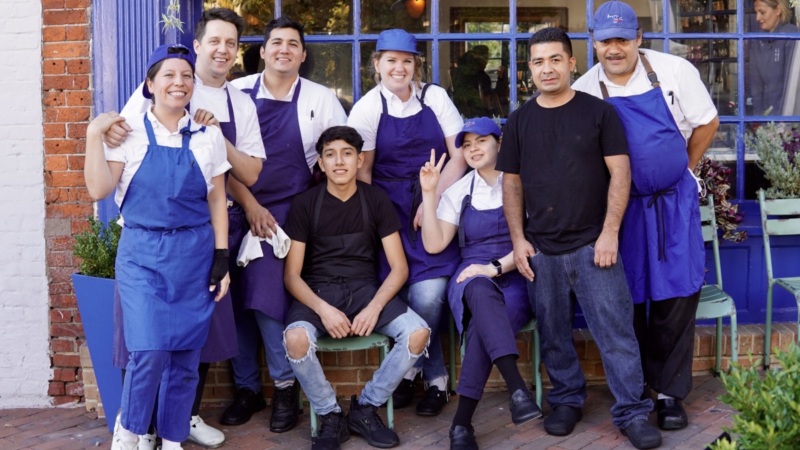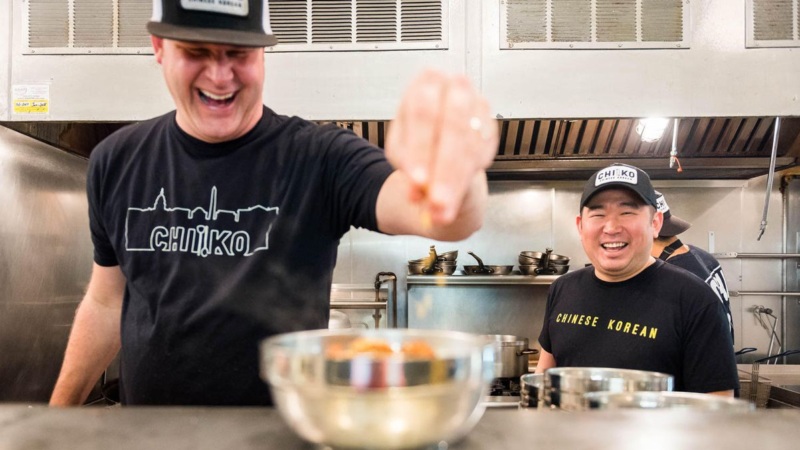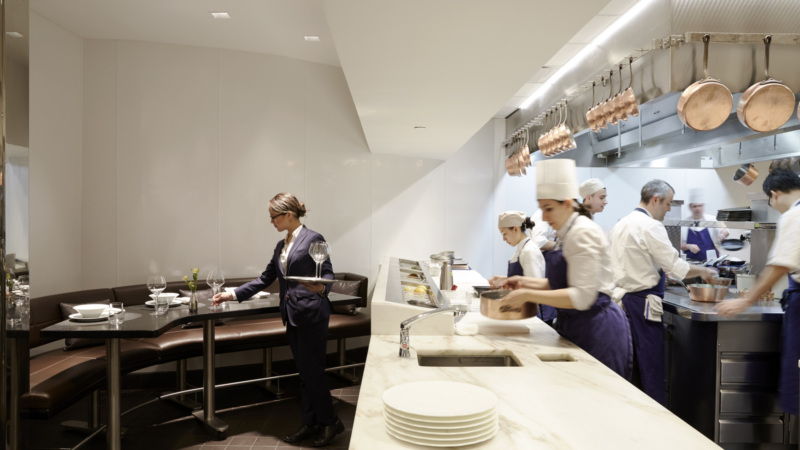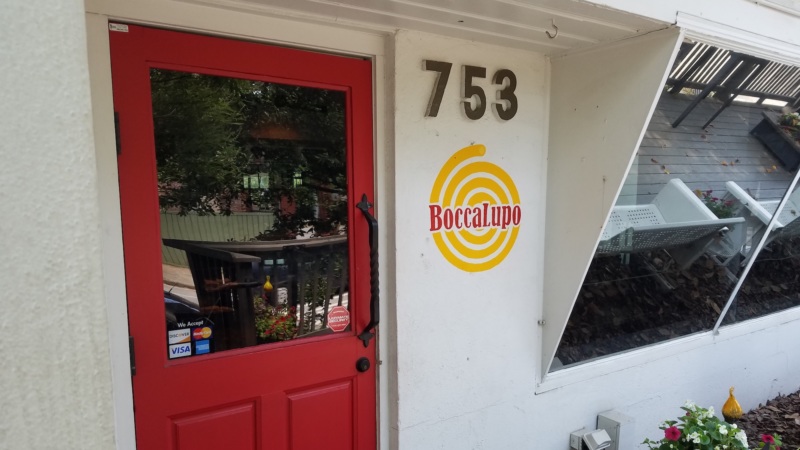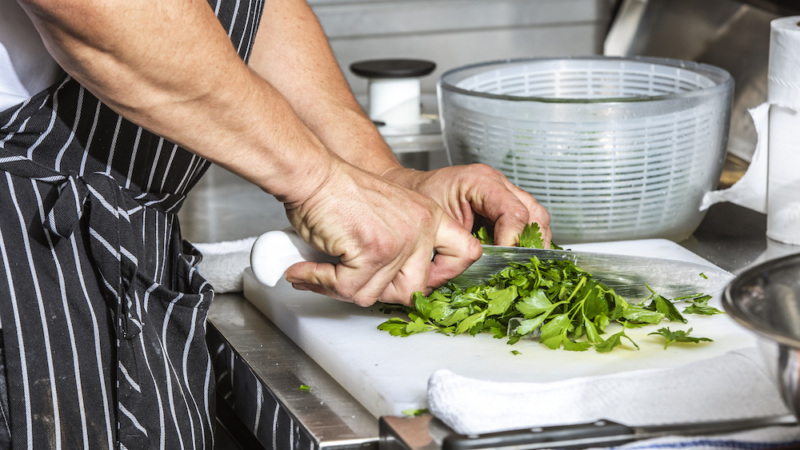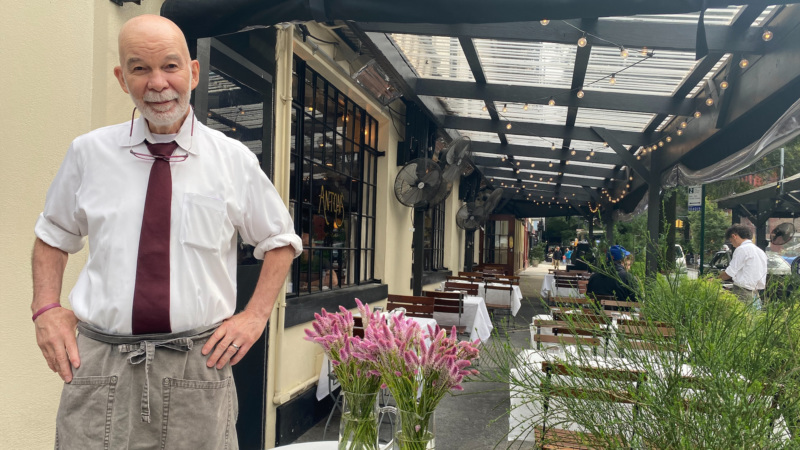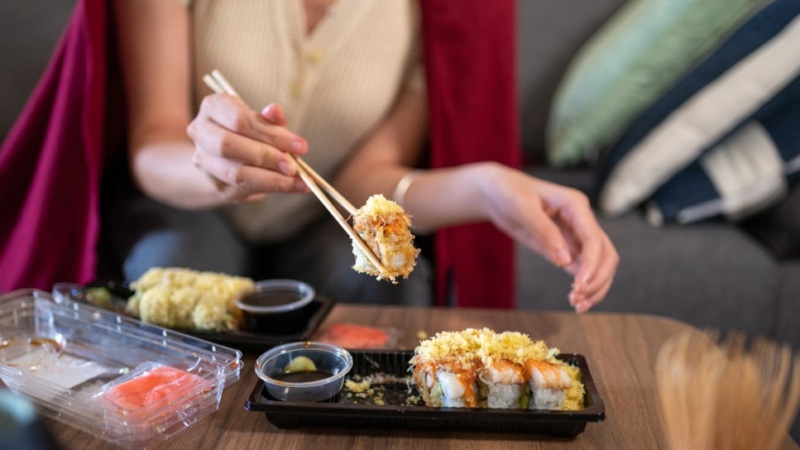

How to Set Up an SEO Strategy for Your Restaurant
Jimmy Page, president and founder of Hudson Creative in New York City, has worked with big companies like Pepsi and NYC & Company (New York City’s marketing and tourism board). But much of his company’s focus has been on restaurant groups and helping them with digital marketing. “In a nutshell, we work with restaurants to help them reach more people who are searching for them online,” says Page.
Central to that goal is Search Engine Optimization, or SEO for short. For many restaurant operators, SEO can feel like a confusing, abstract concept. Page aims to debunk the murkiness surrounding SEO by defining it as, “…the marketing or brand positioning for your restaurant in search engines.” And one of the most powerful ways to help diners find you is by updating your website using the principles of SEO.
To that end, Page outlines a three-step plan to improve your business’ visibility on Google and other search engines when would-be diners are on the hunt for their next meal.
1. Find the keywords that you want your restaurant to be known for.
“Google and other search engines spider crawl through your website—all the pages—to processes your information and associate your website with certain words. We’re reverse-engineering that process. We’re going to think of those words first and then weave them into your copywriting, so the spider will see the words we want show up.”
- Ask yourself what makes your restaurant special. “I usually ask operators ‘What are the top characteristics that you would use to describe your restaurant?’ The words you choose to describe your place shouldn’t be overly complicated. You just want to choose words that if someone typed them into Google, you’d want them to find you.”
- Search those characteristics in Google. “Once you nail those characteristics, type them into Google’s search engine. Then scroll to the bottom of the page’s results to see the other keywords that are suggested by Google. The suggested results will be in gray.”
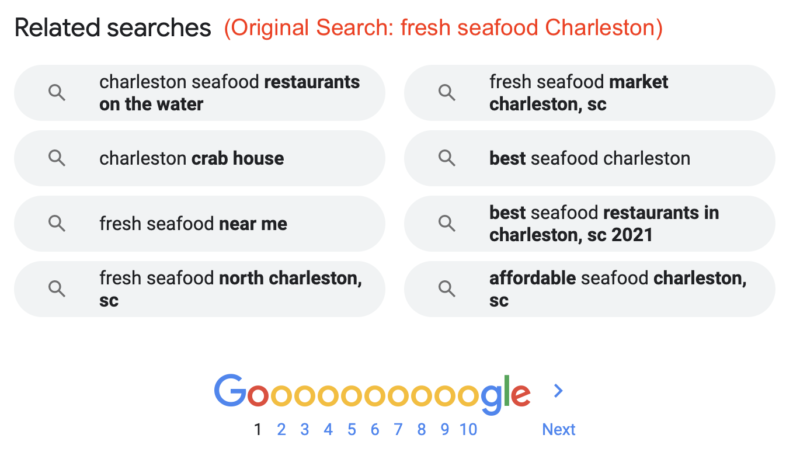

- Compile a list of ideally 20 words. “Grab words from that list on the bottom of the results page that are a good fit for your restaurant. Keep putting words into Google’s search engine and looking at the similar results until you wind up with up to 20 words that fit your restaurant well.”
2. Incorporate the list of words into your website.
Once you have that list of words, share the list with anyone on your team who makes changes or adds content to your website. “This is where the work you’re doing becomes part of a bigger strategy rather than just ‘doing SEO.’ If you’re ‘doing SEO’ without that list of target keywords that you share with your team, you don’t have a north star. You want everyone to be on the same page about what your restaurant is and how it’s viewed.”
- Review all the writing on your website, especially the page titles, meta description, headings, and body copy. “Try to weave the words on your list into your business’s story. In a perfect world, you can focus on one target word per page. Because with each page you have an opportunity to target a different target word. At a basic level, all you’re trying to do is use that word—and other related words—in the copy of your page anywhere from one to three times.”
- Don’t let your website read like a robot: “Your goal is a 50/50 split between maintaining a good reading style and weaving keywords into the site’s text. Yes, you’re trying to weave the list’s words in, but if the end result is that the writing on the website doesn’t suit your brand, then that’s not going to work.”
- If any of the words on your list don’t have their own page on your website, consider creating one. “Some great examples of the kinds of words that might warrant their own page: catering; private events; make a reservation; order online. Take the effort because people are googling these terms – trust me. When these words have their own page on your restaurant’s site, it’s powerful.”


3. Incorporate the list of words into your other business pages.
Take stock of all the profiles that exist online for your business, like Facebook, Yelp, Apple Maps, Foursquare and more. “If you can incorporate the words from your keyword list on all of these different networks, it’s going to enhance your ability to position your restaurant higher in the search rankings for those same words.”
*Opinions and views in articles shared on Resy OS are presented for the purpose of discussion and commentary on topics of interest in the restaurant industry; they should not be viewed as substitutes for advice given by professionally engaged business consultants and advisors.
Discover More



